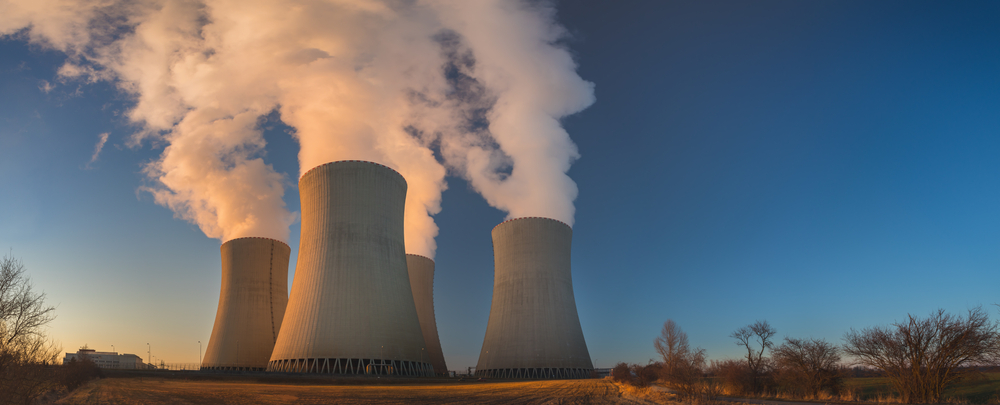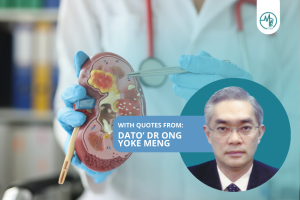Thai authorities are urgently searching for a missing cylinder containing the dangerous radioactive material, Caesium-137, which disappeared from a power station.
The 25-kilogram metal tube containing Caesium-137 was discovered missing from a power station in Thailand on Friday. Radiation tests at the facility reveal that someone has removed the cylinder from the premises. Thai officials are appealing to the public for assistance in locating the tube and are cautioning people against opening it due to the potential health hazards it poses.
During routine checks on Friday, staff at the coal-fired plant in Prachinburi province, situated about 160 kilometres east of Bangkok, noticed the steel tube – measuring 30 centimetres in length and 13 centimetres in width – was missing.
Despite a weekend search effort, the 25-kilogram tube filled with the highly radioactive isotope Caesium-137 was not found, according to Kittiphan Chitpentham of the National Power Supply Public Company, the owner of the plant.
The company suspects that the cylinder may have fallen from a wall mount, about 18 meters high, several days earlier. Radiation tests confirmed that the cylinder is no longer on the facility grounds.
The incident has raised concerns about the potential health risks associated with direct exposure to the radioactive substance. To better understand the dangers, it’s important to know more about Caesium-137 and the short-term and long-term health risks it poses.
What is Caesium-137?
Nuclear fission produces Caesium-137, a highly radioactive isotope. It is a byproduct of nuclear reactions in power plants and nuclear weapons testing. Caesium-137 has a half-life of about 30 years. Thus, it takes 30 years for half of the radioactive material to decay. Due to its radioactive properties and prevalence in the environment, Caesium-137 is a significant concern in terms of public health and safety.
Short-term Health Risks
Direct exposure to Caesium-137 can cause immediate health risks. If the skin comes into contact with the radioactive material, it can lead to rashes and burns. Additionally, inhalation or ingestion of Caesium-137 can cause acute radiation sickness, which may result in symptoms such as nausea, vomiting, diarrhoea, and fatigue. In extreme cases, acute radiation sickness can be fatal.
Long-term Health Risks
Prolonged exposure to Caesium-137 poses long-term health risks as well. The radioactive isotope can accumulate in the body, particularly in the bones and soft tissues. Over time, this accumulation can lead to an increased risk of cancer, particularly leukaemia and other blood cancers. Additionally, long-term exposure to Caesium-137 can cause damage to the reproductive system, immune system, and other organs.
Public Appeal and Precautions
Thai authorities are continuing the search for the missing radioactive cylinder. It is crucial for the public to be aware of the potential health risks associated with Caesium-137 exposure and to exercise caution if they come into contact with the missing cylinder. Prachinburi Governor Narong Nakornjinda has urged the public to help find the missing cylinder. Additionally, he emphasized the importance of not opening the tube due to the health risks it poses. The Office of Atoms for Peace, a Thai government agency responsible for nuclear research, is using surveillance footage to try and identify who took the cylinder.














